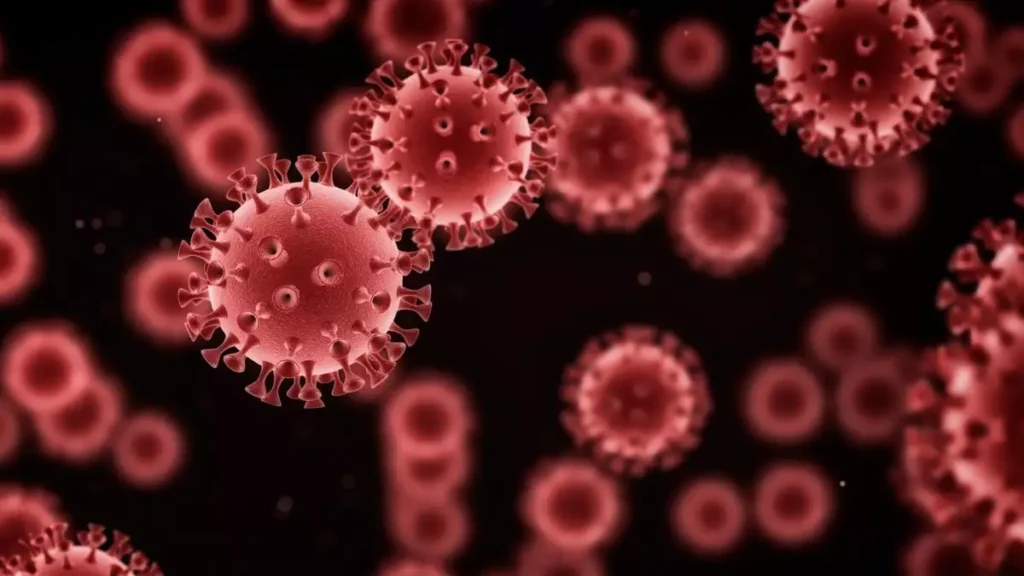The death toll of suspected cases of the Chandipura virus or Chandipura vesiculovirus (CHPV) in Gujarat is rising.
About Chandipura Virus (Chandipura vesiculovirus):
- Chandipura virus (chandipura vesiculovirus) is a member of the Rhabdoviridae family, sharing its genetic structure, Ribonucleic acid (RNA), with the well-known rabies virus.
- First detected in 1965 in Chandipura, Maharashtra
Transmission
- The propagation of CHPV is primarily facilitated through the sting of vector-infected sandflies, with a significant prevalence noted in rural sectors.
- This mode of transmission points towards the urgent need for focused vector control measures.
Symptoms:
- Individuals infected with the Chandipura virus may exhibit a variety of symptoms, generally initiated by a sudden fever, vomiting, and an altered sensorium, indicative of shifts in mental status or consciousness.
- The progression of the condition may lead to more severe manifestations, including:
- Convulsions
- Diarrhea
- Neurological deficits: This encompasses loss of speech, balance, and vision.
- Meningeal irritation, characterized by headaches, neck stiffness, an aversion to light (photophobia), and seizures.
Treatment:
- Currently, the medical fraternity has not developed a specific antiviral treatment or vaccine for CHPV.
Prevention
- Vector control through the identification and treatment of sandfly breeding grounds using insecticides.
- Enhancing sanitation and environmental conditions.
- Implementing measures such as proper waste storage and disposal, eradicating open-air defecation, and the use of protective clothing, repellents, and nets to prevent bites.
Ref: Source
| UPSC IAS Preparation Resources | |
| Current Affairs Analysis | Topperspedia |
| GS Shots | Simply Explained |
| Daily Flash Cards | Daily Quiz |
Frequently Asked Questions (FAQs)
When was Chandipura virus first detected and where?
Chandipura virus was first detected in 1965 in Chandipura, Maharashtra.
How Chandipura virus is transmitted?
Chandipura virus is primarily transmitted through the sting of vector-infected sandflies, especially in rural areas.
Is there a vaccine available for Chandipura virus?
No, there is currently no specific antiviral treatment or vaccine available for Chandipura Virus.
What are the preventive measures for Chandipura virus?
Prevention includes vector control, enhancing sanitation, using insecticides to treat sandfly breeding grounds, and using protective clothing and repellents.
What is Ribonucleic acid (RNA)?
RNA, or Ribonucleic acid, is a nucleic acid present in all living cells. It acts as a messenger carrying instructions from DNA for controlling the synthesis of proteins.



